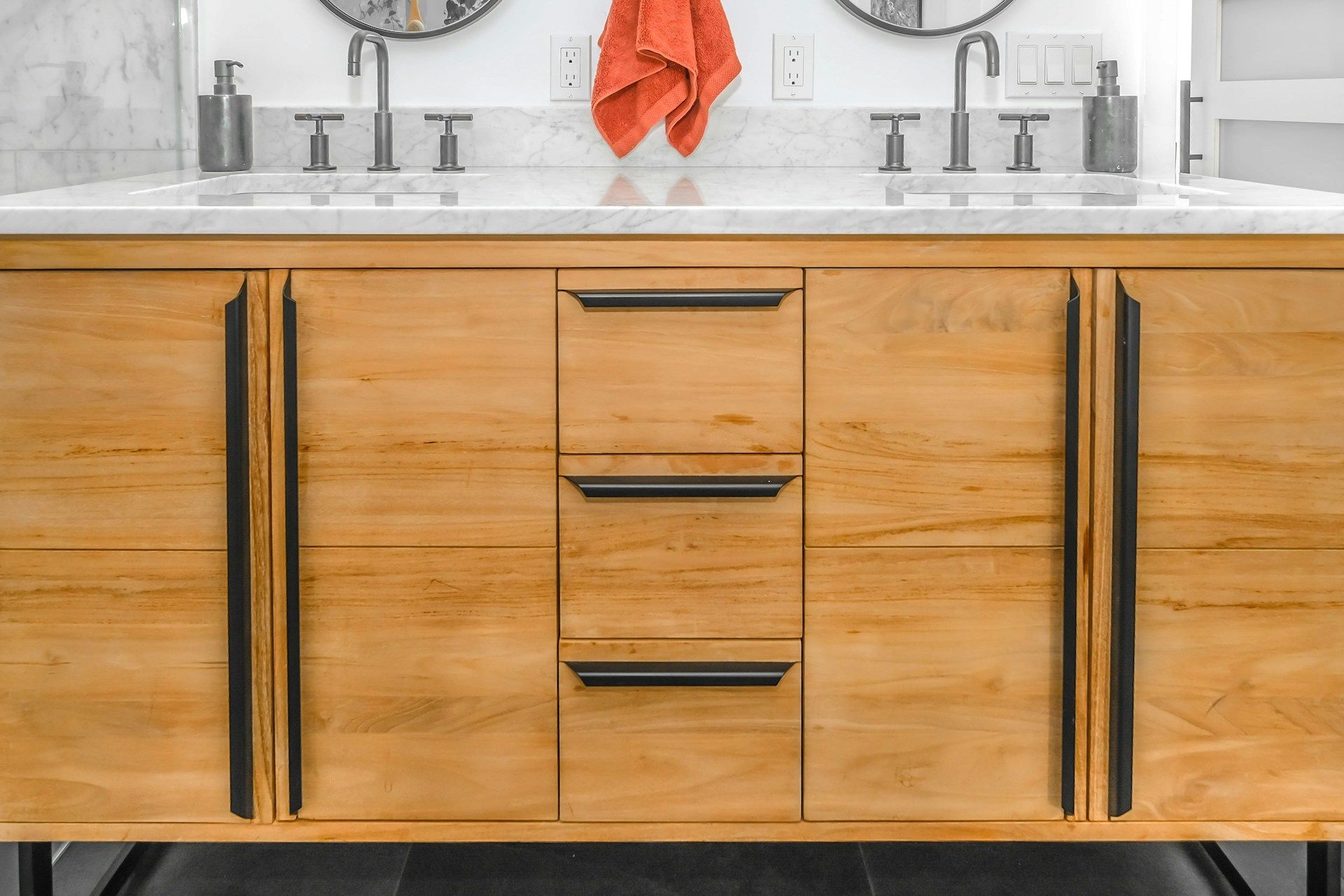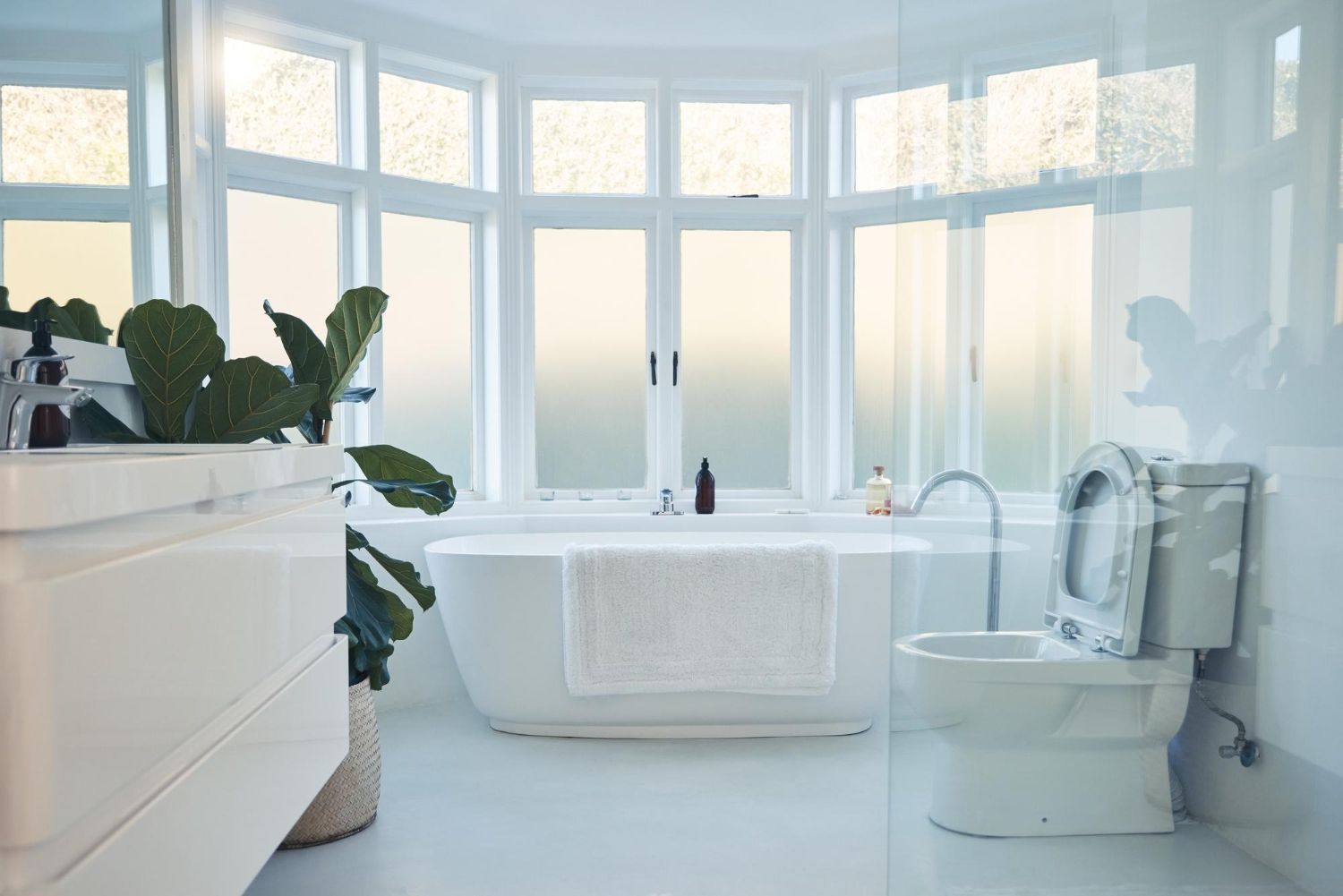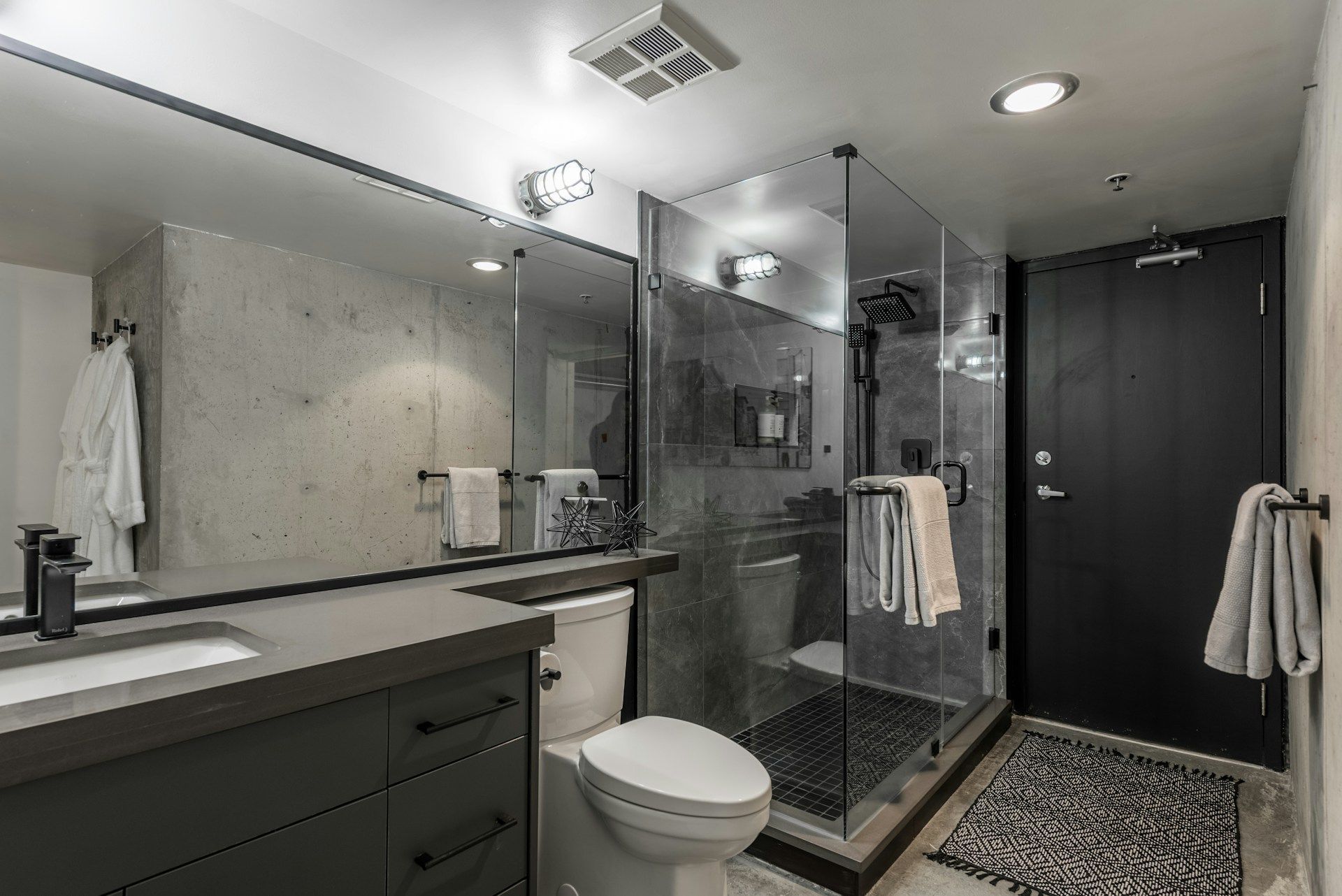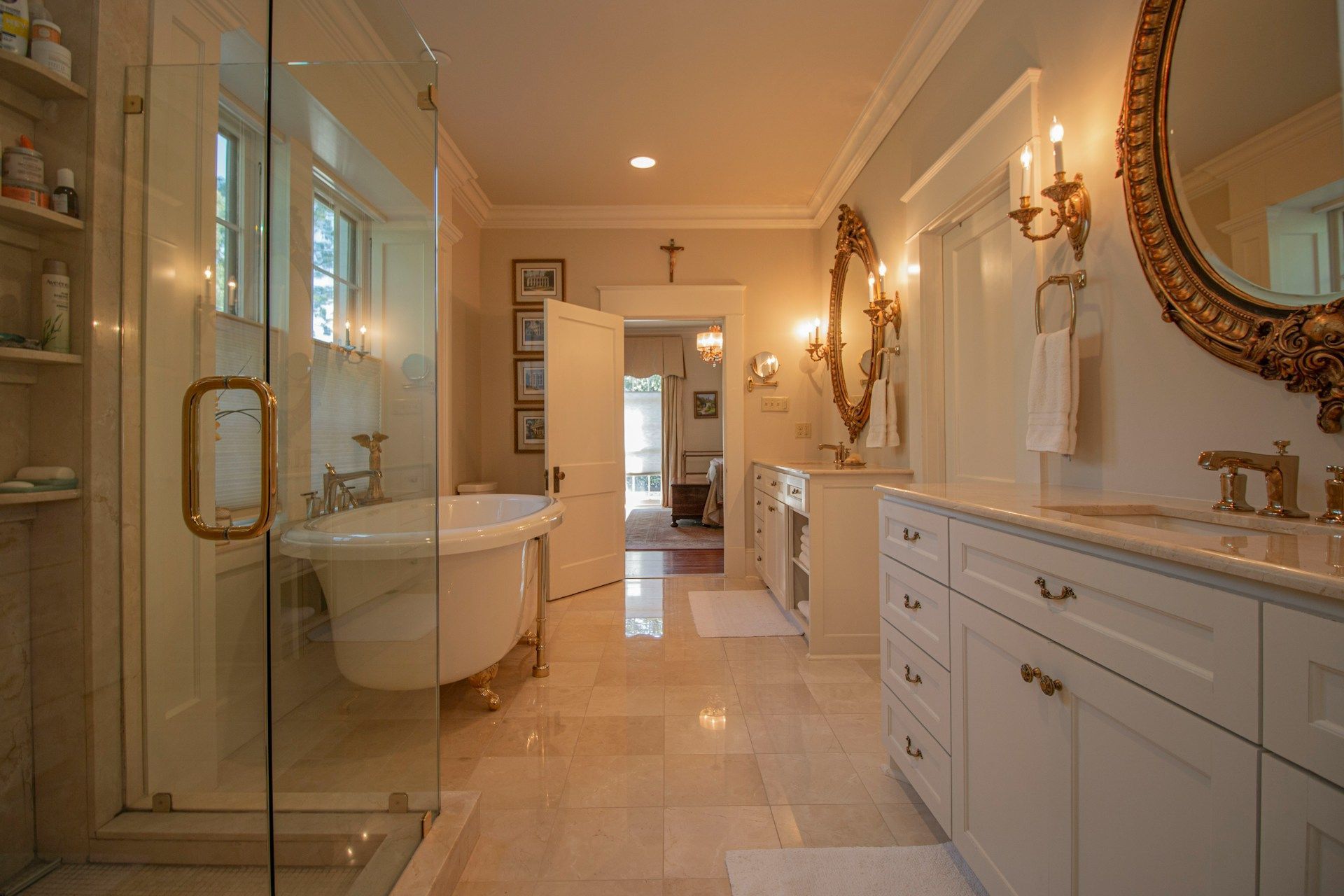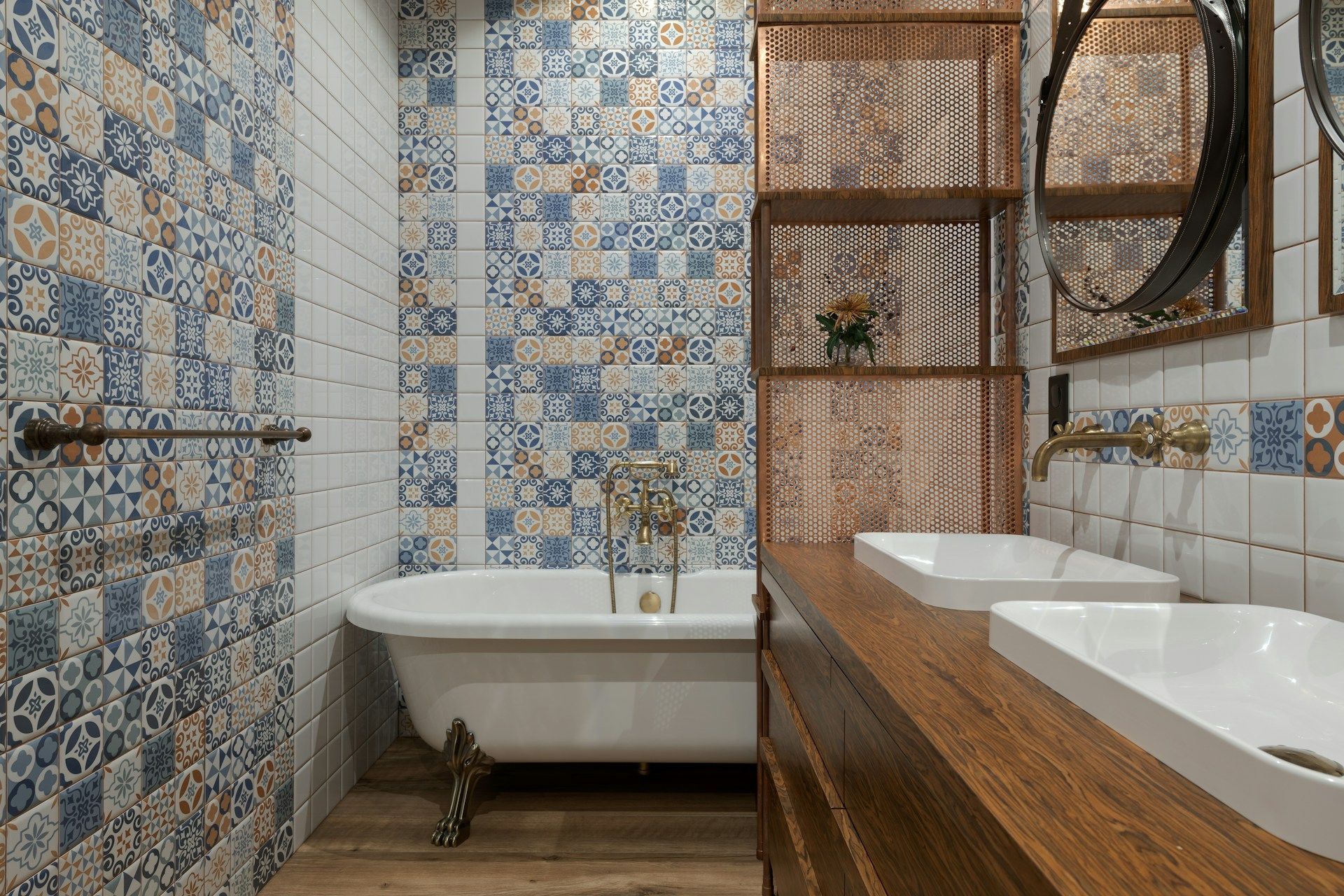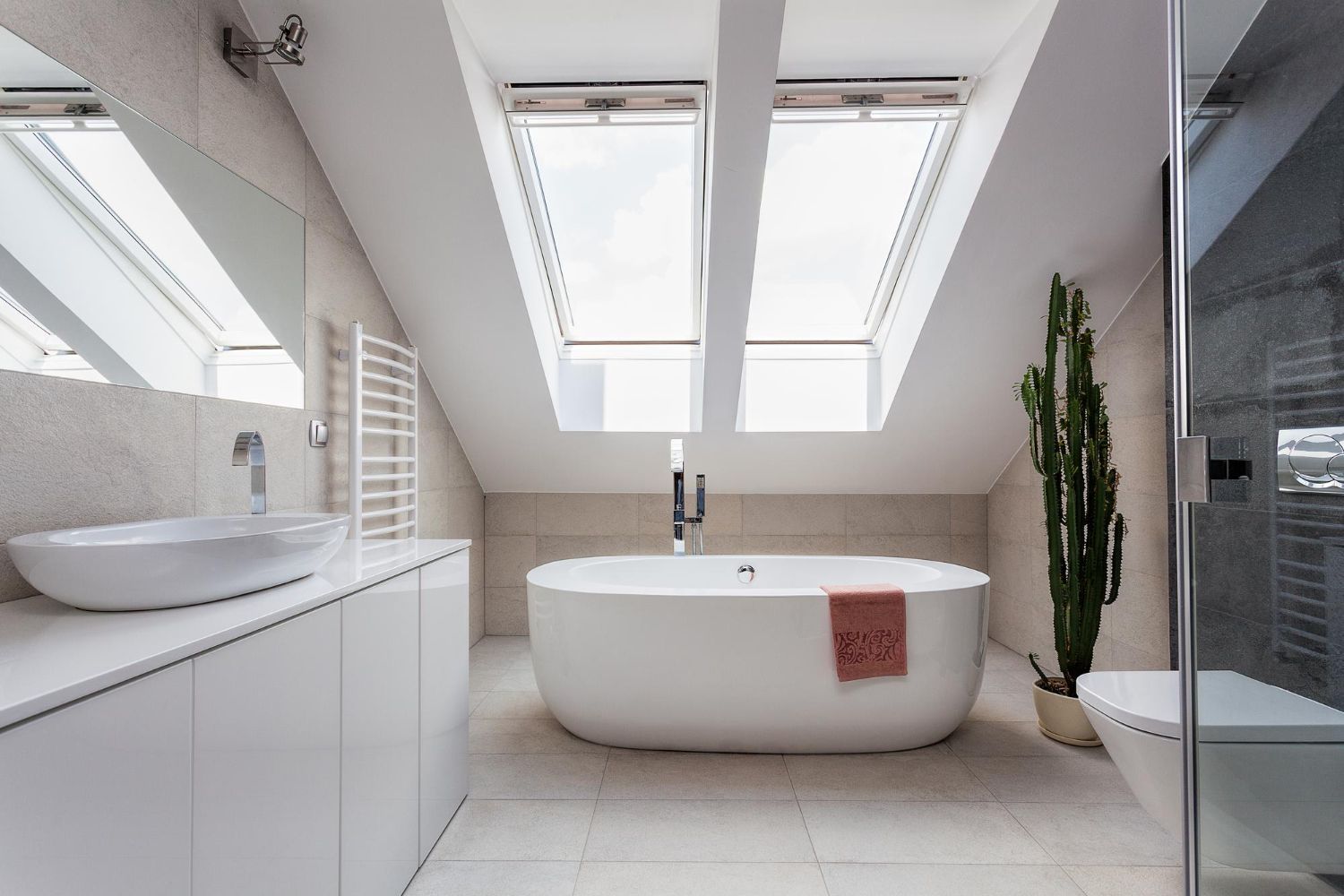Shower Head Problems and Their Solutions
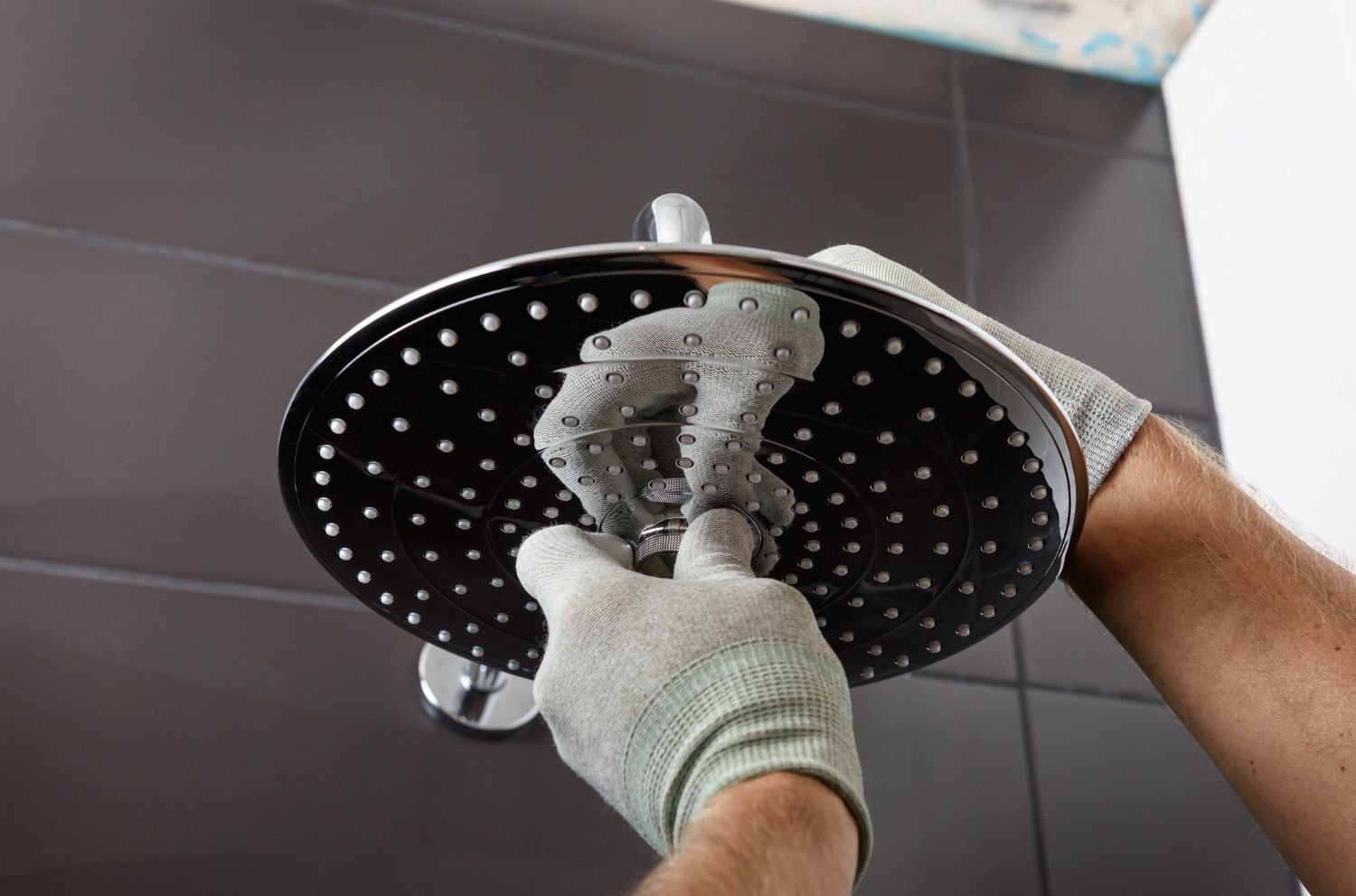
A good shower can be the best part of your day, but that feeling fades fast when something isn’t working right. Whether it's weak water spraying out or an annoying drip that won’t quit, shower head issues can leave you frustrated and wondering what went wrong. These problems are common, especially in older homes or ones that haven’t had plumbing upgrades in a while.
While some problems may seem minor at first, they can grow into something bigger if left unchecked. Learning the root of what’s going on helps you know when it’s time to call in an expert. From clogging and leaks to odd temperature shifts, here are some of the most common shower head issues we see across homes in Maryland and what to do about them.
Low Water Pressure
Low water pressure is one of the most common things people notice first. Showering with a weak stream of water isn’t just annoying, it can stretch out your routine and make you feel like you’re not really getting clean.
The causes of low pressure can vary, but the most common ones include:
- Clogged or dirty shower head nozzles
- Buildup of mineral deposits from hard water
- Old or damaged pipes with corrosion
- A partially shut water shutoff valve
- Issues with your home's main water line
Sometimes, it really is as simple as the shower head needing a deep clean. You can check for mineral buildup by removing the shower head and looking inside. If there’s white or green gunk inside, you likely have a blockage. Hard water is usually to blame for this and it's a common issue in many parts of Maryland.
On the other hand, if the shower head looks clear and the problem hasn’t disappeared, it could be due to more serious plumbing issues deeper in the walls. Low water pressure coming from just one fixture can sometimes mask a larger problem with the line feeding that particular area. That’s when it’s worth having someone take a closer look so it doesn’t lead to damage or long-term inefficiency.
Leaky Shower Head
A dripping shower head might not seem like a major issue at first. But over time, that constant drip adds up. It can waste water, lead to mold or staining, and drive up your utility bills. The good news is the source of the problem is usually easy to pinpoint.
Here are a few reasons a shower head might leak:
- A loose or worn-out rubber washer or O-ring
- Mineral sediment stuck in the valve
- Improper installation or loose connection between pieces
- A cracked shower head or worn threading
In some cases, simply tightening the connection between the shower arm and head can make a difference. But if it’s still leaking after that, the washer inside the connection might need replacing. This is especially common in older parts that have degraded over time.
One example we ran into in Gaithersburg involved a homeowner who replaced his shower handle, thinking it would solve the leak. The dripping continued until we found a cracked valve cartridge behind the wall. In cases like that, professional help is the only real fix. So, if your quick fixes don’t stop the drip, it may mean there’s a deeper issue in the valve or water line that handles your shower flow. Catching that early can save money and help avoid extra work later on.
Uneven Water Temperature
Few things are more frustrating than stepping into a shower that alternates between too hot and freezing cold. When water temperature isn’t consistent, it’s more than just annoying, it can even be unsafe, especially if kids or older adults are using the bathroom.
Here’s what might be behind that temperature swing:
- A faulty thermostatic mixing valve
- Water heater problems, like incorrect settings or damage
- Plumbing layout issues, like crossover between hot and cold lines
- Pressure imbalances when other water fixtures are used at the same time
If your shower suddenly gets cold every time someone uses the kitchen sink, your home’s plumbing setup may need to be adjusted. This is pretty common in older houses across towns like Bowie and Annapolis, where the bathroom layout shares lines with other fixtures.
Another issue could be the mixing valve, which regulates hot and cold flow. These valves can wear out over time and may need to be replaced. Trying to deal with that issue yourself can lead to water pressure problems or leaks, which is why it’s worth getting help from someone who knows how to handle complex valve adjustments.
Making sure your water heater is in good shape can also help. Sometimes, the issue isn’t with your shower at all but with your heater delivering inconsistent temperatures. A quick inspection can make a big difference in comfort and performance.
Shower Head Clogging and Mineral Buildup
If your shower spray is coming out unevenly, strong in some spots and weak in others, that could be a sign of mineral buildup. It’s a common problem for homes in Maryland, especially in areas with hard water. Over time, calcium and lime from the water collect inside the shower head, reducing the flow and spraying water in odd directions.
You might notice tiny white, green, or even rusty-colored deposits around the nozzles or inside the shower head itself. These minerals harden up and block the paths where water should flow. In some cases, it can cause cracks in plastic fittings or shorten the life of your fixtures. It’s easy to mistake this problem for a pressure issue, but when the rest of your fixtures are working fine, a clog is more likely to be to blame.
For milder buildup, some people use vinegar or store-bought descaling products to clean out the nozzles. But if your shower head has been clogging repeatedly or doesn't stay clean for long, it's probably time for a replacement. Newer models are built for better flow and tend to resist scaling better than older ones.
If you’re already replacing the head, it’s worth taking a look behind the wall too. Sediment can also collect at the valve or in the pipes, especially if no water filter has ever been installed. Cleaning one part just to leave the rest blocked won’t fix the problem for long. That’s why having someone check the whole system can save you from future surprises.
Narrowing Down Noisy Shower Heads
A screeching, whistling, or rattling noise every time you turn on the shower can be more than just irritating; it may be a warning that something’s wrong. Most of the time, these sounds come from issues with water flow or worn-out components inside the fixture.
There are a few usual suspects behind noisy shower heads:
- High water pressure or sudden pressure changes
- Loose washers or worn-out valves
- Air trapped in the pipes
- Poor shower head or pipe installation
Let’s say you're in a place like Potomac and your home’s water pressure is on the higher end. That pressure might make your shower head vibrate while it’s in use, leading to a loud humming or banging sound. Over time, that extra stress can wear down parts and lead to leaks or broken fittings.
Quick fixes like replacing the head with one made for high-pressure systems might give some short-term relief. But if the noise started suddenly, there might be a bigger issue with the valve or the way the pipes were installed. In older homes, especially, joints may have come a bit loose, or internal rubber parts might have deteriorated.
Noise that comes with water splashing out in odd directions or a noticeable drop in pressure should definitely be checked. A full inspection can help determine whether this is a simple adjustment or a situation where the shower valve or internal parts need updating. Waiting too long can turn those sounds into more costly repair work.
Why Professional Help Makes a Difference
Every shower issue has its own story, and while many of them sound simple at first, they can quickly turn into pipes behind walls, faulty controls, or deep plumbing concerns. That’s why it’s not always about fixing the problem you see; it’s about making sure it won’t come back.
When you hire professionals, you're not just getting someone to swap out a shower head. You’re getting someone who can diagnose the root of the issue, test the surrounding systems, and give you options that fit your home. Whether that means upgrading a worn-out valve or evaluating how water moves through the bathroom, a well-trained eye often catches what’s easy to miss.
Also, if you're doing or planning a remodel, it’s the right time to deal with any of these lingering shower head problems. Why install new materials over old trouble spots? Taking care of lingering water issues now avoids future headaches and protects the investment you're putting into your space.
Shower head troubleshooting isn’t just about comfort, it’s about preserving the systems behind your bathroom walls. A strong water stream, steady temperature, and quiet function shouldn't be luxuries. They should be standard. When they’re not, that’s a sign it’s time to look closer. Whether you live in Potomac or nearby, getting these things sorted by someone who handles bathrooms day in and day out gives you solid peace of mind.
If you're experiencing issues like low water pressure, leaks, or temperature swings, it's a good idea to get help from professionals who specialize in bathroom upgrades. Finding the right
bathroom remodelers in Maryland can make all the difference when it comes to creating a reliable and comfortable space that works for your household. Trust Bathroom Remodeling Of Maryland, Inc. to handle the details and deliver lasting, quality results.
